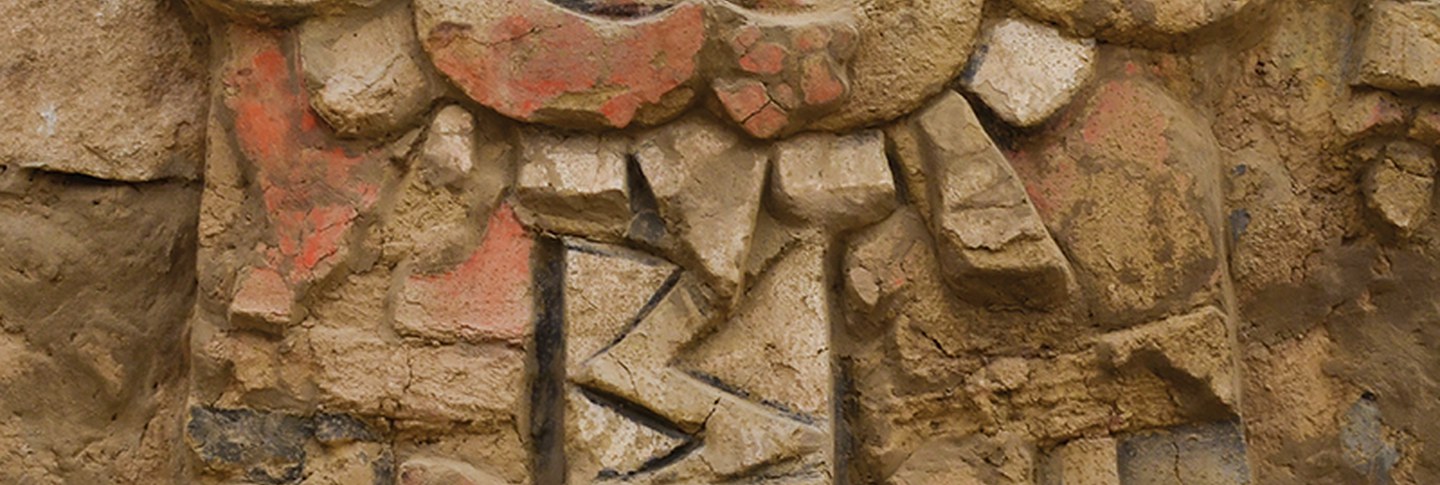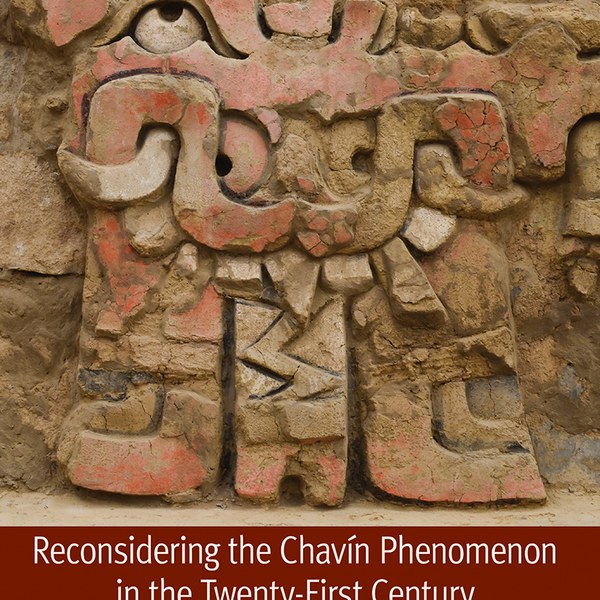FOR IMMEDIATE RELEASE
September 5, 2023
Media Contact
Elizabeth Panox-Leach
Communications Manager
Email: press@doaks.org
Tel: (202) 339-6400 x8978
WASHINGTON, DC – Dumbarton Oaks is pleased to announce the publication of Reconsidering the Chavín Phenomenon in the Twenty-First Century, edited by Richard L. Burger and Jason Nesbitt.
The UNESCO World Heritage Site of Chavín de Huántar holds an iconic place in the archaeology of Pre-Columbian Peru and is crucial to understanding the emergence of Andean civilization during the early first millennium BC. Best known for its elaborate religious architecture and distinctive stone sculpture, Chavín de Huántar was the center of a much wider Andean world and the synchronicity of widespread socioeconomic changes coupled with intrusive Chavín material culture and iconography at distant centers suggests that Chavín de Huántar influenced a vast region through the expansion of religious ideology and intensified long-distance interaction.
Reconsidering the Chavín Phenomenon in the Twenty-First Century builds upon a surge of archaeological research over the last twenty years, bringing together the work of scholars researching Chavín de Huántar and its neighbors on the coast, highlands, and ceja de selva. This volume offers a cohesive vision of the Chavín Phenomenon at both the local and interregional level, one which recognizes the high degree of socioeconomic and cultural diversity that existed and the active role of centers outside the Chavín heartland in shaping the radical transformations that occurred within the Chavín Interaction Sphere between 1000 and 400 BC. The volume will be available through our distributor, Harvard University Press.
###
About Dumbarton Oaks:
Dumbarton Oaks is a Harvard-affiliated research institute, library, museum, and historic garden in Washington, DC, born from the imagination and legacy of Robert and Mildred Woods Bliss, collectors of art and patrons of the humanities. The museum houses world-class collections of Byzantine and Pre-Columbian art, and a third collection exists in the garden, which Mildred Bliss created in partnership with renowned landscape designer Beatrix Farrand. The garden was voted one of the ten best gardens in the world by National Geographic and is perhaps the last remaining landscape in North America that hews closely to its original design. Buildings of architectural importance on campus include the 1963 Pre-Columbian Pavilion, designed by Philip Johnson and the 2005 research library designed by Venturi, Scott Brown and Associates.
Since 1940, when the Blisses gave the estate and collections to Harvard University, Dumbarton Oaks has supported the advance of knowledge in the three areas of Byzantine, Pre-Columbian, and Garden and Landscape Studies through a fellowship program and other awards; scholarly conferences; publications; and digital initiatives. In recent years, Dumbarton Oaks has extended its service to the community by developing collection-based educational programs for DC students and strengthened its profile in the arts. Learn more at www.doaks.org.

